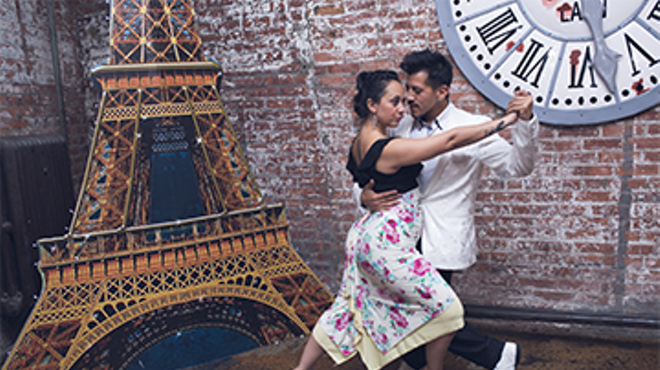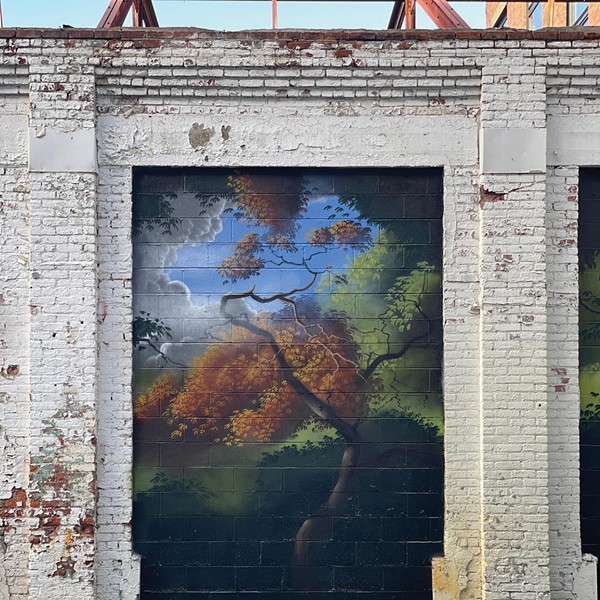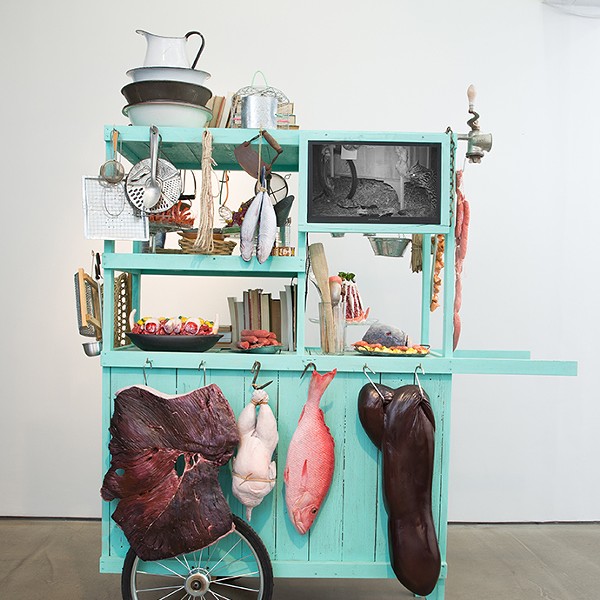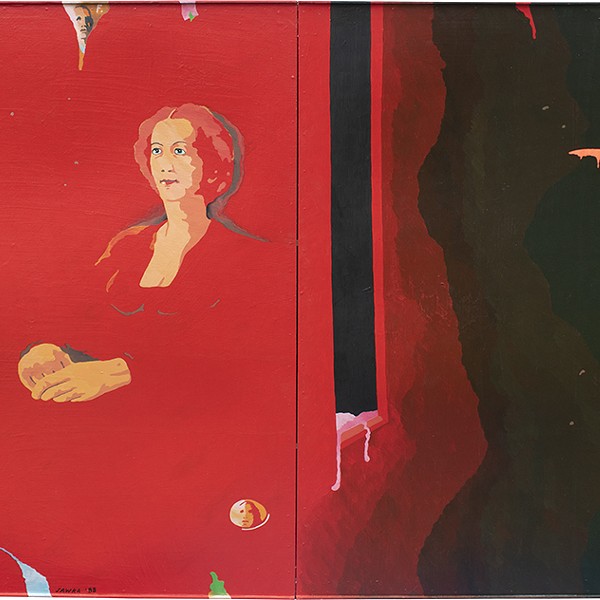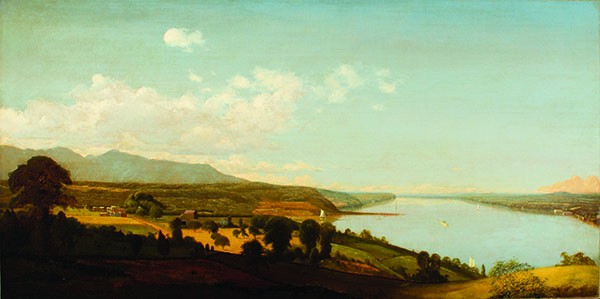
"McEntee approached his art very intimately," notes Lee A. Vedder, curator of "Jervis McEntee: Poet-Painter of the Hudson River School" at the Dorsky Museum of SUNY New Paltz. (Yes, I know you've never heard of McEntee. This is the first museum show ever devoted to his work!) The intimacy of McEntee's painting is one reason he's little known. In reproduction, the heroic canvases of Thomas Cole and Frederick Church—the big stars of the Hudson River School—look like tourist brochures. McEntee's, by contrast, resemble a backpacker's snapshots. He was the only Hudson River School painter to depict late autumn, what he called "the soberer phases of Nature." His goal was to express two ideas simultaneously: the bounty of life and the long shadow of death.
Unlike most of the Hudson River School painters, McEntee actually grew up on the river—in the town of Rondout, now part of Kingston. Born in 1828, he attended the Liberal Institute, a school founded by the Universalist Church, as a youth. In the winter of 1850-51, he studied with Frederick Church, then returned to Rondout for an abortive career as a businessman. In 1858 McEntee moved into the brand-new Tenth Street Studio Building, a mecca for artists that helped establish Greenwich Village as a bohemian hotbed. But he returned often to Rondout, building an art studio designed by Calvert Vaux, co-planner of Central Park with Frederick Law Olmsted.
McEntee the artist often stuck quite close to home. On the walls of the Dorsky, I recognized places I pass every day: Shandaken, Esopus Creek, Mink Hollow. One of the best pieces is set a couple miles from the museum: "Mist Rising near New Paltz." In it, thick purplish strands of water vapor obscure a sloping mountain. The mist is both ominous and playful, the muted sky suggestive of dusk or dawn. Next to this painting is the original oil sketch McEntee made, outdoors, which inspired it. Like all the Hudson River School artists, he would hike through the mountains, make drawings, and then produce his final paintings in the studio—often in New York City.
Walking through "Poet-Painter," I discovered I was already a McEntee fan. After many visits to the Loeb Art Center at Vassar, I've come to love "Rocks at the Corner," a small view of an oddly-shaped boulder surrounded by lesser rocks. At first this picture seems arbitrary, almost grotesque, but gradually I realized it's a near-abstraction, similar to the calligraphic paintings Franz Kline, the subtle abstract expressionist, would create 100 years later. (The curator cleverly placed this painting in a corner, as a winking pun.)
"McEntee was a prolific artist, but only a small fraction of his works survive," remarks Vedder. Visual art is, by its nature, perishable. Each piece is unique, and once it's sold, it disappears from view. One reason McEntee isn't well known is that most of his paintings are in private hands, and certain major ones have disappeared. To curate this show, Vedder had to become a detective, seeking out little-known landscapes with the help of Manhattan art dealers.
One hundred twenty-four years after his death, this is Jervis McEntee's moment. Simultaneous to the Dorsky show, Friends of Historic Kingston presents "Jervis McEntee: Kingston's Artist of the Hudson River School," an exhibition of paintings and drawings, plus photographs of the artist, his family, and friends (including actor Edwin Booth, brother of John Wilkes).
"Jervis McEntee: Poet-Painter of the Hudson River School" remains at the Dorsky Museum of SUNY New Paltz until December 13. (845) 257-3844. Newpaltz.edu/museum. "Jervis McEntee: Kingston's Artist of the Hudson River School" is at Friends of Historic Kingston's Fred until December 13. (845) 339-0720. Fohk.org.
—Sparrow








